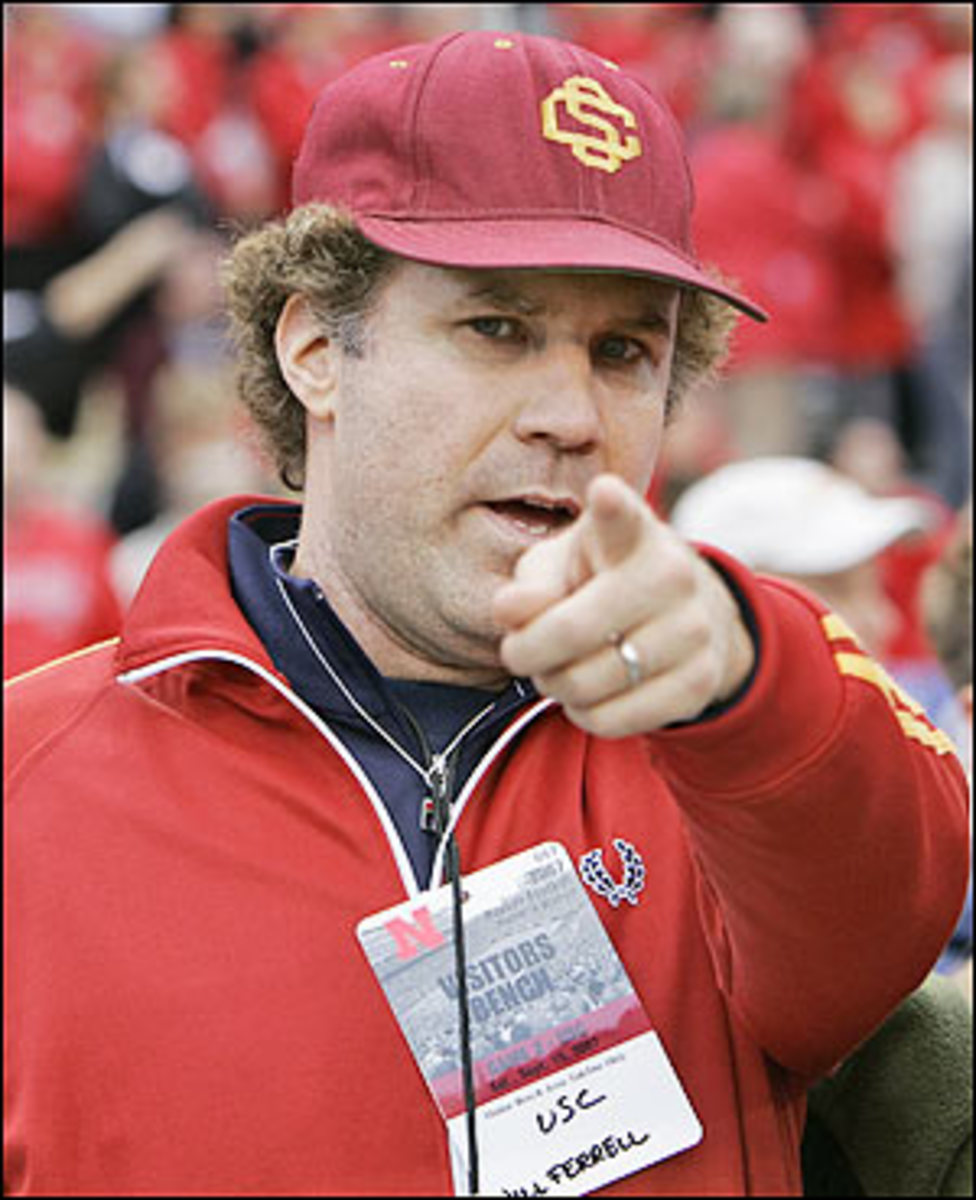Signs of the times
"Hey, did you sign Curtis Conway?"
Longtime Trojans sports information director Tim Tessalone said in the days before up-to-the-minute national signing day updates, interns such as Ferrell drew the unpleasant task of answering questions from hard-core recruitniks. But by the time Conway signed with USC in 1989, interest in Signing Day already had begun surging toward the mainstream.
So when did signing day become a big deal to the casual fan? To figure it out, one must first examine the history of signing day itself.
Before Texas Tech government professor Williams Davis created the National Letter of Intent in 1965, conferences held their own signing days, and players could be recruited until the moment they stepped on campus. In December, the SEC and a few other Southern independents held a signing day. While no other schools in the cabal could recruit a signed player, nothing could stop a Big Ten or Southwest Conference coach from swooping in and signing the player.
That changed during the next few years as more conferences agreed to follow the rules of the NLI program, but an even more significant change came in 1972. Bill Little, a longtime sports information director at Texas, believes fans began taking more interest in Signing Day after the NCAA allowed freshmen to play on the varsity.
"The big part is instant gratification," said Little, now an assistant athletic director who serves as special assistant for communications to Longhorns coach Mack Brown. The change produced immediate interest in a player who might take the field that September.
Still, recruiting remained the domain of diehards. Longtime Georgia sports information director Claude Felton said Bulldogs fans gathered in the Butts-Mehre Heritage Hall 20 years ago and watched as a sports information official wrote signees' names on a poster propped on an easel.
"There are people that come to signing day that I've seen for 20-25 years," Felton said. "They'll be here [Wednesday] at 7 or 7:30 [a.m.], waiting for the doors to open."
Now, they'll be joined by more casual fans. In Athens, Felton said, fans can take a Signing Day shuttle from The Blind Pig restaurant to Butts-Mehre, where they may get a chance to hear a few words about the class from Bulldogs coach Mark Richt. Felton, Tessalone and Little all said talk radio and the Internet helped turn Signing Day into a major event. Fans suffering from college football withdrawal get to celebrate an event between the bowl games and the spring scrimmages.
Prospects also have helped turn Signing Day into a major happening, but they may not realize they're following in the footsteps of players 30 years ago. When coaches were allowed unlimited contact with recruits, prospects would hold Signing Day press conferences with all the coaches recruiting them in attendance. Now, coaches watch from their offices as high school seniors toy with their emotions.
"That almost is a throwback to the days when they had all the coaches there," Little said. "[The players] are just using a different medium."
And while average college football fans will log on in record numbers Wednesday to learn the college choices of Jeannette (Pa.) quarterback Terrelle Pryor, Foley (Ala.) receiver Julio Jones and a host of other recruits, they probably won't care as deeply as the diehards who used to call 1-900 numbers to get their recruiting info. "I'm convinced there are people out there who think tomorrow is more important than the games in the fall," Felton said.
Some of those people may call the USC sports information office. And who knows? Maybe the person on the other end of the line answering a question about a future football star may have a bright future of his own.
"[Ferrell] parlayed that phone answering into ... what?" Tessalone cracked. "I'm not sure what he's doing now."





